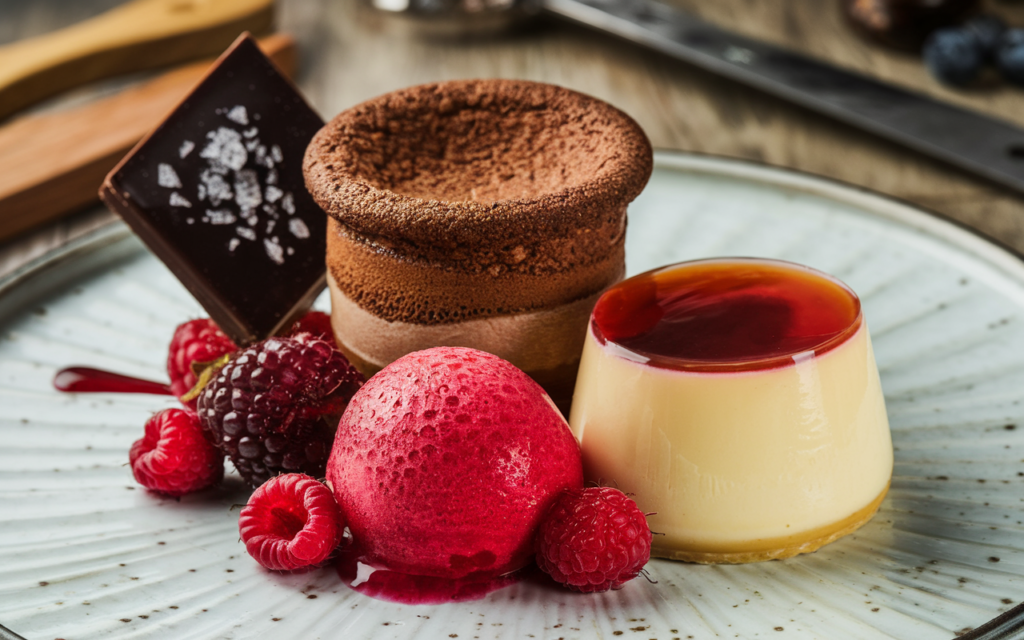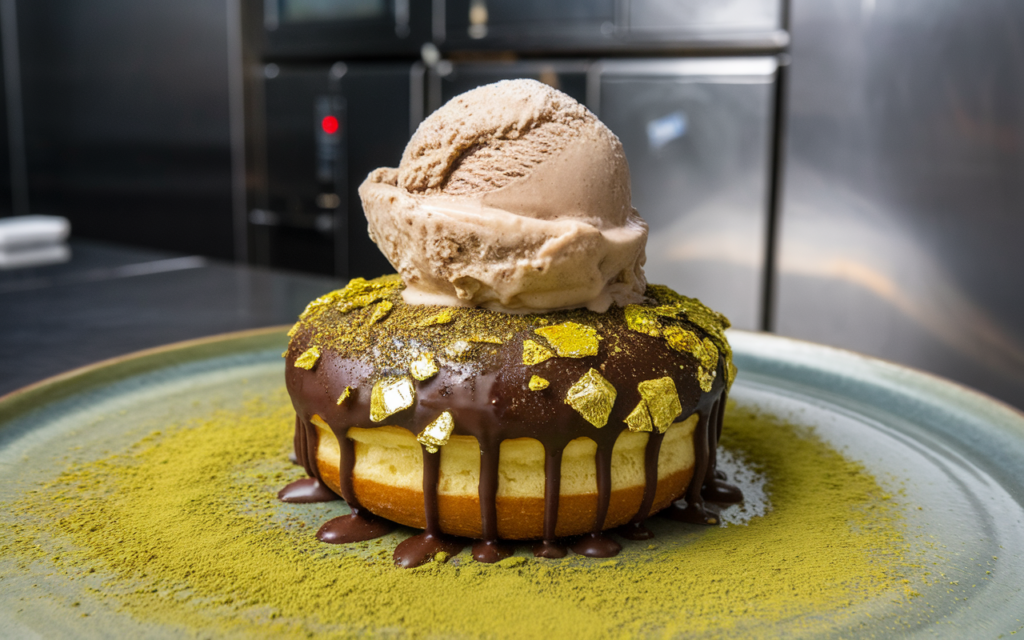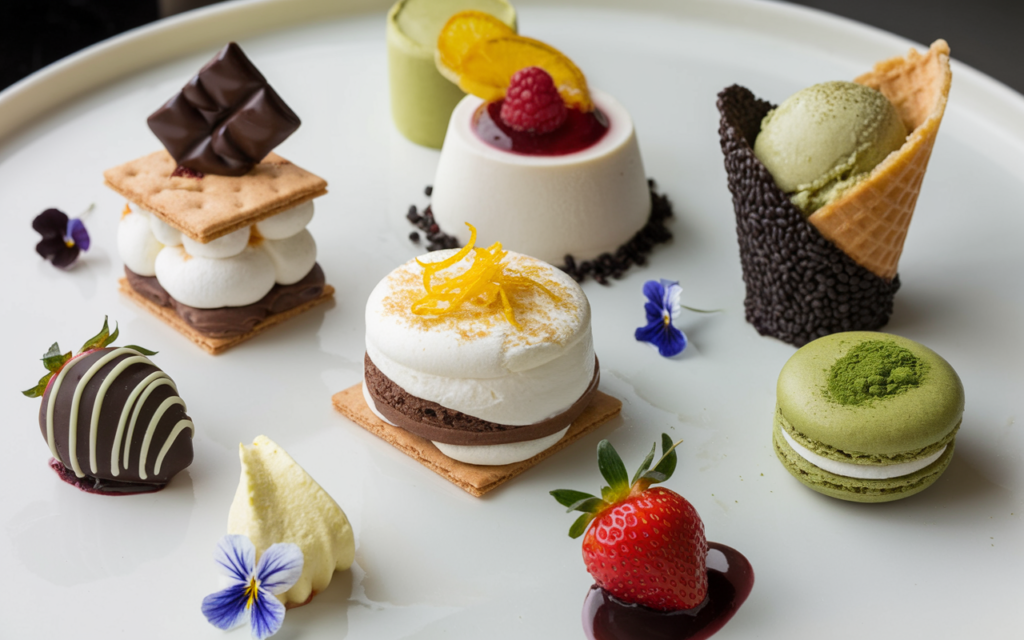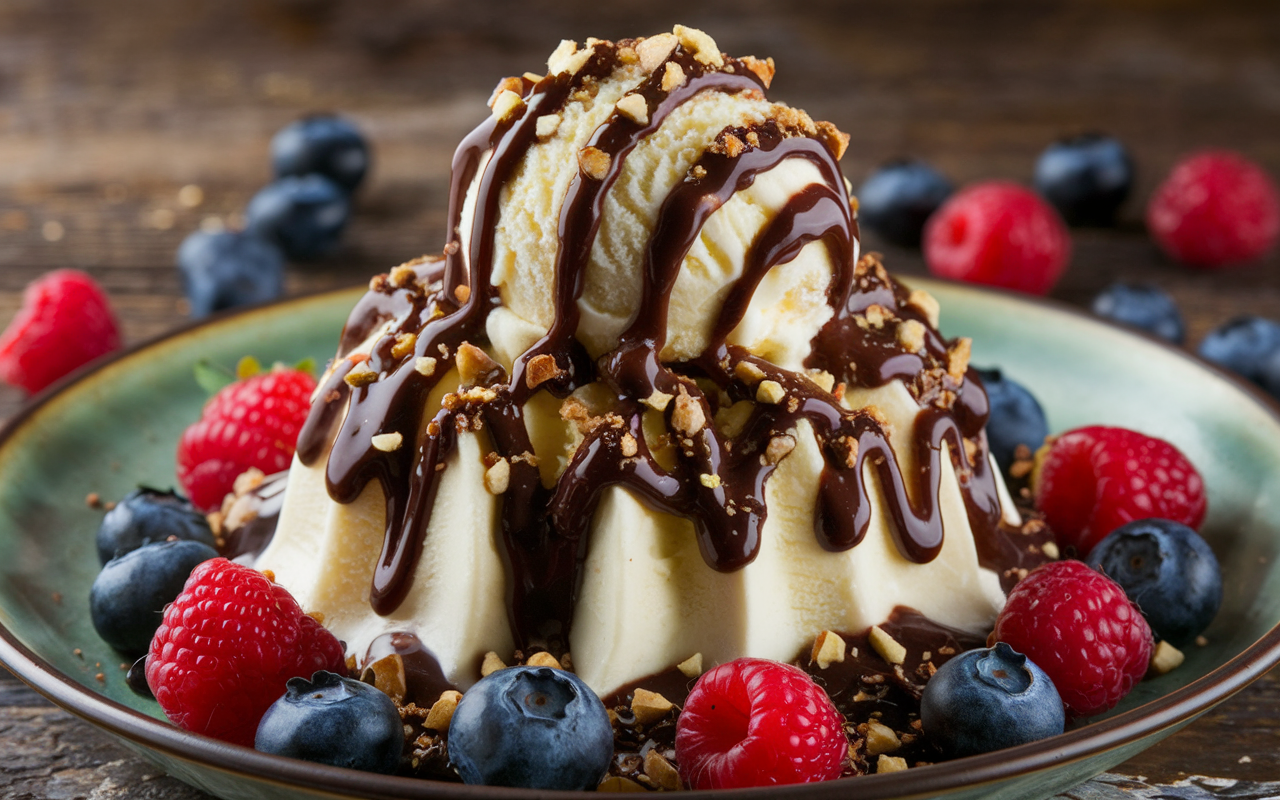Introduction
“Dessert:26uv15zsvio= Food” may seem like an unfamiliar or mysterious combination of words, but this intriguing phrase opens the door to a fascinating world of culinary imagination. The essence lies in the concept of desserts—a category of food that brings joy, satisfaction, and indulgence. But what happens when we explore beyond the ordinary, delve into lesser-known interpretations, and mix creativity with food science? Let’s take a deep dive into the realm of Dessert:26uv15zsvio= Food and discover how innovation, artistry, and flavors come together in ways that can transform our perception of the classic dessert.
Redefining Dessert in Modern Food Culture
Desserts have long held an essential place in culinary traditions across the globe. From creamy puddings and flaky pastries to fruit-based confections and decadent cakes, dessert is often the grand finale of a meal, leaving a lasting impression on our taste buds. However, with modern food trends, including experimental gastronomy, fusion flavors, and sustainable practices, the definition of dessert has expanded significantly.
Dessert:26uv15zsvio= Food represents a new approach—where creativity takes precedence, and the boundaries of traditional desserts are pushed to explore textures, ingredients, and culinary experiences beyond the ordinary.
Desserts now encompass more than just sweetness. Some introduce surprising savory elements, others focus on unique textures like edible foams or gels, while others are still crafted with health-conscious substitutions. The future of dessert may indeed lie in unexpected pairings—making Dessert:26uv15zsvio= Food a compelling theme for reimagining indulgence.

Ingredients in the Spotlight
In creating something as innovative as Dessert:26uv15zsvio= Food, the ingredients play a pivotal role. Dessert has traditionally relied on sugar, cream, butter, flour, and fruits, but the modern culinary landscape is bringing new elements into the spotlight. Superfoods, plant-based alternatives, and exotic spices are becoming essential parts of the dessert equation.
Imagine an avocado-based mousse infused with a hint of matcha or a chia seed pudding topped with fresh tropical fruits. Ingredients like aquafaba (chickpea brine) are now being used to make vegan meringues, and coconut cream offers a rich, dairy-free base for many confections. These modern ingredients redefine what food—and dessert—can be.
At the heart of Dessert:26uv15zsvio= Food lies the idea that any food can be transformed into a dessert. Ingredients that once belonged firmly in the savory category—like black garlic, wasabi, or miso—are now finding their way into sweet dishes. The balance between sweetness and savoriness, or the inclusion of sour and bitter notes, is now considered part of the dessert-making process.
Exploring Texture and Technique
Texture is an essential component in modern dessert design. A great dessert doesn’t just taste good—it also offers a sensory experience through its texture. Chefs and food enthusiasts now utilize techniques like freeze-drying, molecular gastronomy, and sous-vide cooking to achieve textural contrasts that surprise and delight diners.
For instance, a dish under the Dessert:26uv15zsvio= Food theme might feature a combination of creamy and crunchy textures—think of a silky panna cotta served alongside a crisp, caramelized tuile. Alternatively, there could be a dish with multiple temperature elements, such as a hot lava cake paired with ice cream or sorbet.
This modern focus on texture reflects a deeper shift in how we think about food. Instead of simply providing sustenance, desserts now offer a multi-dimensional experience. This shift is perhaps best embodied by the notion of Dessert:26uv15zsvio= Food—a philosophy that encourages experimentation and the combination of unexpected elements to create memorable culinary moments.

Dessert Sustainability: The Future of Sweet Indulgence
With increased attention to sustainability, even the dessert world is evolving to align with eco-conscious practices. Dessert:26uv15zsvio= Food might integrate locally sourced ingredients, reduce waste through innovative uses of leftovers, or avoid ingredients with a high environmental impact.
Chefs are now exploring ways to incorporate sustainable elements into their sweet creations. Aquafaba, for instance, is not only a vegan alternative but also a way to repurpose what would otherwise be waste. Desserts made from imperfect fruits—like misshapen apples or overripe bananas—help reduce food waste, while plant-based ice creams offer an eco-friendly option that reduces dairy consumption.
Incorporating sustainability into desserts is not just about substitutions but about celebrating natural ingredients and highlighting their inherent flavors. A raspberry sorbet sweetened with local honey or a chocolate mousse featuring organic, fair-trade cacao exemplifies how Dessert:26uv15zsvio= Food blends indulgence with conscious eating practices.
Innovative Presentation: Dessert as Art
Modern desserts are also becoming increasingly artistic, transforming food into visual masterpieces. The plate becomes a canvas and every ingredient—whether a sauce drizzle or a dusting of powdered sugar—contributes to the overall presentation. Some desserts look so exquisite that they can easily be mistaken for pieces of art.
The concept of Dessert:26uv15zsvio= Food aligns perfectly with this trend toward edible art. Imagine a dessert crafted to resemble a terrarium, with edible flowers, chocolate soil, and a delicate sugar sphere encasing fresh berries. Or a dish where elements are deconstructed, inviting diners to experience flavors separately before combining them on the palate.
The artistic approach to dessert encourages creativity not only among professional chefs but also among home cooks. Social media platforms like Instagram and Pinterest are filled with stunning dessert creations, inspiring food lovers to experiment with new designs and techniques.

Cultural Fusion: Expanding the Dessert Horizon
The world of desserts is becoming increasingly globalized, with flavors from different cultures blending to create unique combinations. Dessert:26uv15zsvio= Food exemplifies this fusion, merging ingredients and techniques from around the world to create something entirely new.
Consider a dessert that incorporates French pastry techniques with Japanese matcha or a Mexican-inspired tres leches cake infused with cardamom and saffron. These cross-cultural desserts honor traditions while breaking boundaries, making them a perfect representation of what the future of food can be.
Desserts are also becoming more inclusive, with adaptations that cater to various dietary needs. Gluten-free cakes, dairy-free ice creams, and low-sugar confections ensure that everyone can indulge without compromise. Dessert:26uv15zsvio= Food embraces this inclusivity, demonstrating that indulgence should be accessible to all.
The Mindset of Sweet Dishes: Why We Love Sweet Treats
Desserts play a unique role in our emotional and psychological well-being. There’s something
inherently satisfying about finishing a meal with a sweet treat. In fact, research shows that consuming sugar triggers the release of dopamine, the “feel-good” neurotransmitter. For this reason, sweet dishes are frequently connected with festivities and solace.
The concept of Dessert:26uv15zsvio= Food taps into this psychological aspect, encouraging us to see dessert not just as food but as an experience. It’s tied in with relishing the experience, appreciating the imaginativeness, and enjoying flavors that give pleasure. Whether it’s a simple cookie or an elaborate pastry, dessert offers a brief escape from the ordinary.
Interestingly, the emotional connection to dessert varies across cultures. In some societies, desserts are reserved for special occasions, while in others, they are part of everyday meals. Understanding these cultural differences adds another layer of appreciation to the idea of Dessert:26uv15zsvio= Food—it’s not just about what we eat but also how and why we enjoy it.
Conclusion: The Endless Possibilities of Dessert
The concept of Dessert:26uv15zsvio= Food invites us to rethink the traditional notion of dessert. It encourages exploration, innovation, and creativity, challenging us to combine unexpected flavors, embrace sustainability, and view dessert as both food and art. Whether through cultural fusion, new textures, or artistic presentations, desserts are evolving to reflect the dynamic and diverse nature of modern cuisine.
In a world where food trends are constantly changing, dessert remains a timeless source of joy. The conceivable outcomes are huge, restricted exclusively by the creative mind. Dessert:26uv15zsvio= Food is a festival of this perpetual innovativeness, demonstrating that sweet dishes can be anything we maintain that they should be — an extravagance, an observation, a show-stopper, and a symbol of joy.

